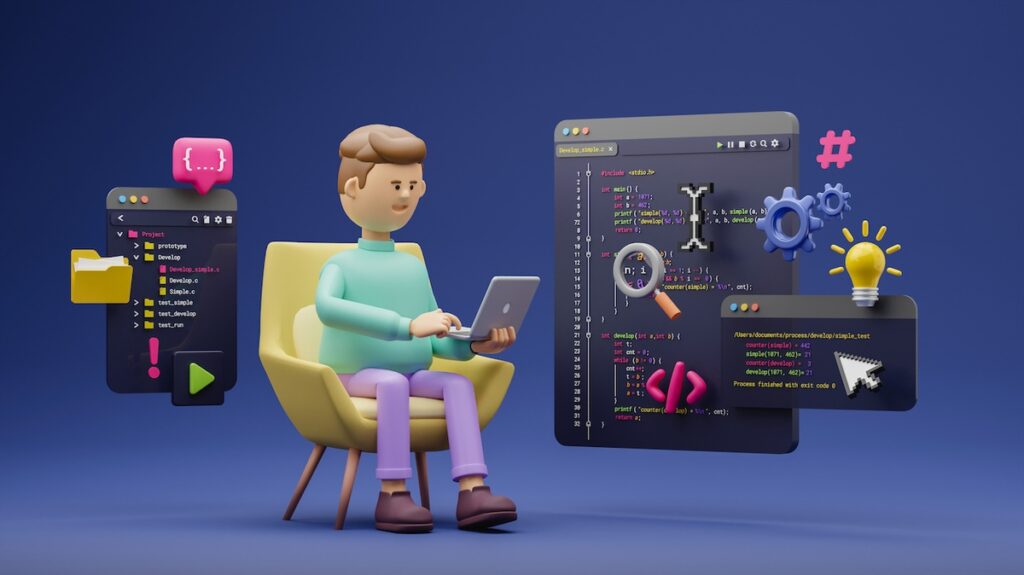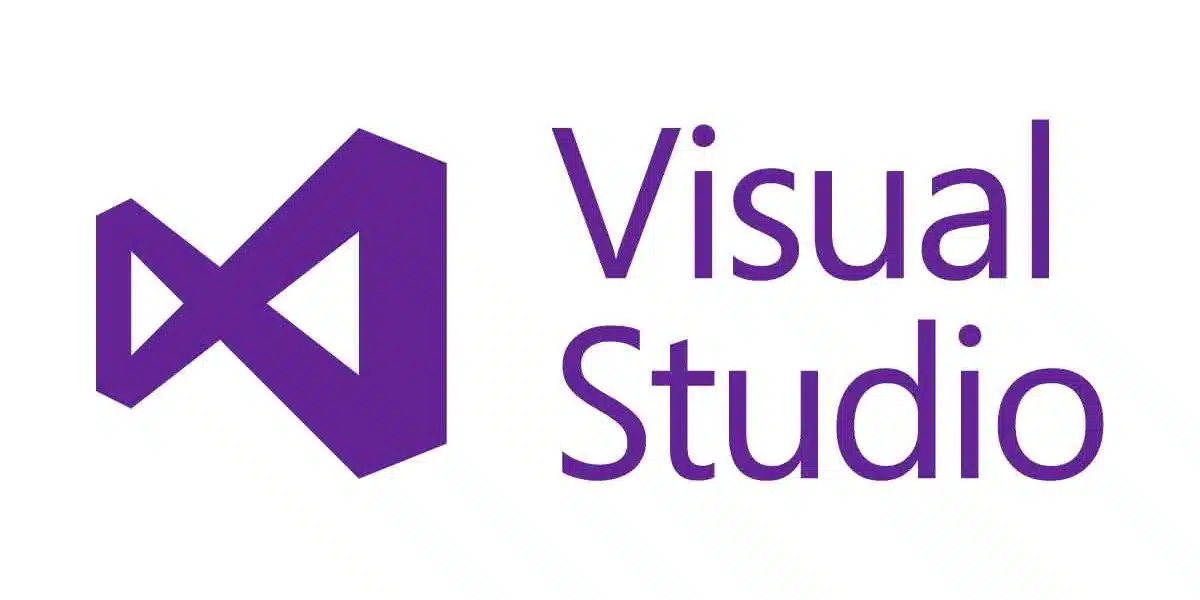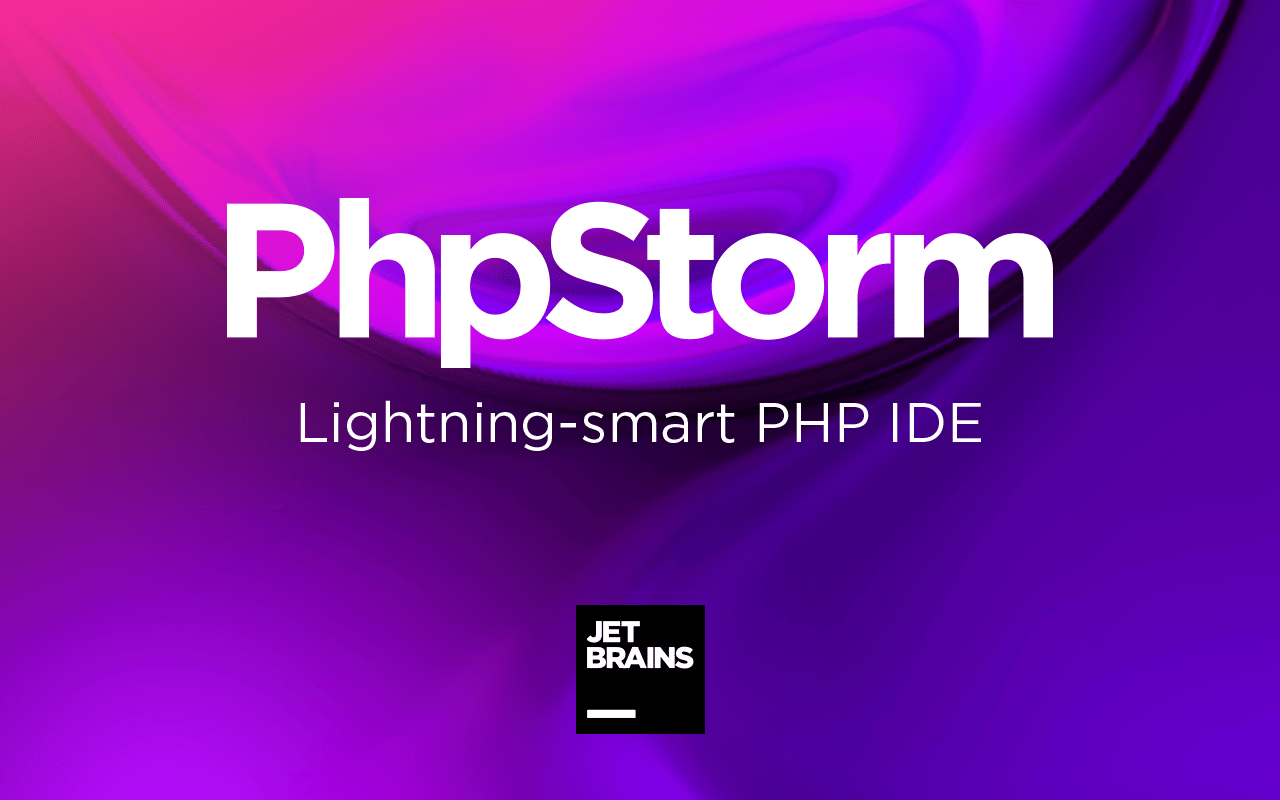The term “Integrated Development Environment” (IDE) refers to a certain kind of program that offers a wide range of resources for creating software. Common features of integrated development environments (IDEs) encompass a text editor, a debugger, and build automation tools. There are several IDEs to choose from, each having its own unique set of features.
Here are some of the best you can try.
Contents
1. Visual Studio
It’s no secret that Visual Studio is a popular and respected IDE. Highly recommended by developers on StackOverflow, it is a top contender for best IDE in 2023. This app also has a huge hardware footprint, draining batteries quickly and requiring a lot of processing power to run. Due to its extensive functionality, it is cumbersome and complicated to operate.
There will soon be a new edition of Visual Studio to accommodate the growing trend of companies switching to a remote workforce. Standardized application templates and built-in compatibility for the Azure cloud platform are just two of the new features in this release. It also provides access to Azure Storage as well as SQL databases and allows for remote debugging. Despite being the most feature-rich IDE tool currently available, there is room for development in a few key areas.
2. PhpStorm
PhpStorm is a highly adaptable integrated development environment (IDE) that works with a wide variety of platforms. PhpStorm’s real-time edit previewing lets you check how your modifications will appear before you push them, and it’s compatible with a number of frameworks. A scripting console is included within the IDE for personalization and the inclusion of new features to speed up and simplify your work.
There are a variety of alternative IDEs out there. Many JavaScript programmers prefer using Codelobster. It contains hundreds of plugins for well-known development environments such as WordPress, Joomla, and JQuery, and covers HTML, PHP, JavaScript, and CSS. It has both free and premium editions, as well as a free demo.
Netbeans
Netbeans is a free and open-source IDE for writing Java applications. It was created by Sun Microsystems and was first made available to the public in 2006 under the GPL copyright. Netbeans is compatible with a wide variety of operating systems. It has complete backing for Java development elements like project planning, source code editing, compiling, troubleshooting, etc.
Although NetBeans lacks the flexibility of certain other integrated development environments (IDEs), it offers significant benefits and is advocated. It supports a wide range of languages and platforms, comes with a large collection of plugins, and can even make recommendations and resolve issues on its own. The software has a built-in editor and several helpful keyboard shortcuts. Still, the lack of personalization options is perhaps its largest downside.




